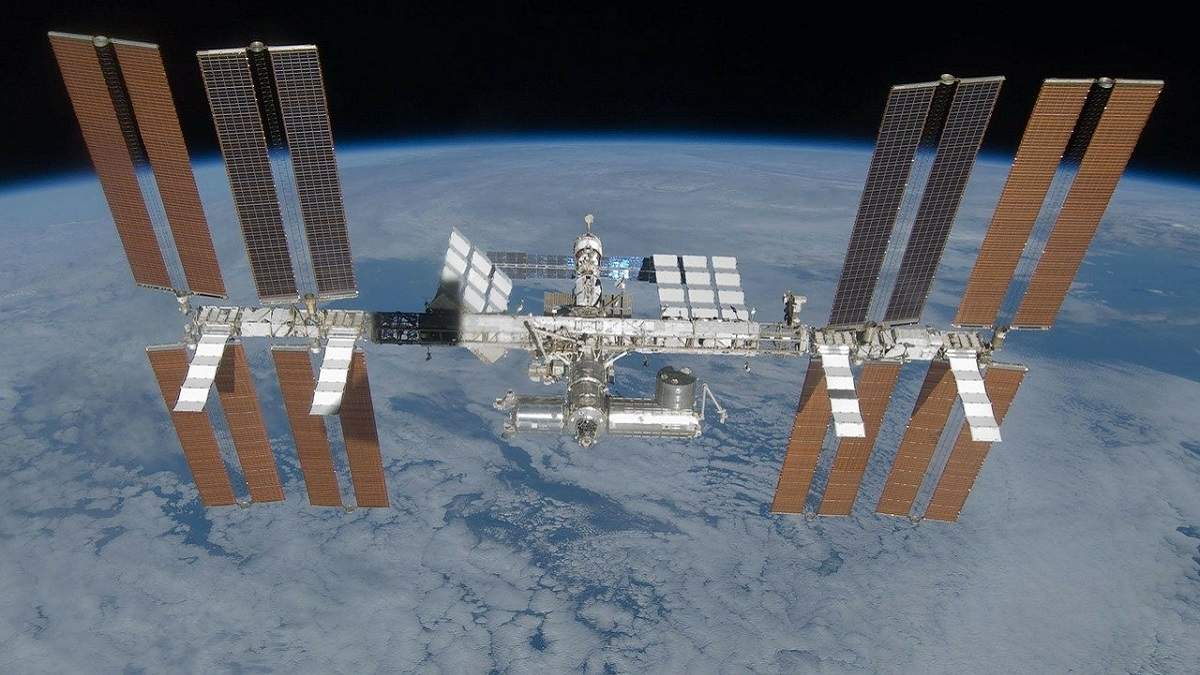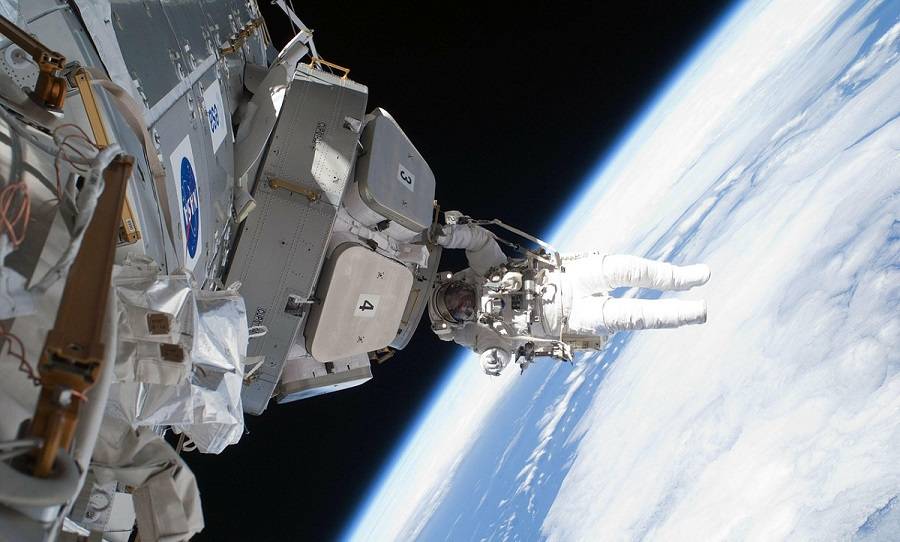What Is The International Space Station (ISS)?

The International Space Station (ISS) is an artificial satellite in low-earth orbit where space crews from NASA (U.S.), Roscosmos (Russia), JAXA (Japan), CSA (Canada), and ESA (Europe) work. It is a collaborative effort among these five countries that started when its first component went into space in 1998. Since then, many spacecraft journeys have regularly transported equipment to the ISS.
Onboarding the ISS is the longest continuous human presence in space, amounting to over 21 years and counting. However, it is not the first-ever manned space station as Salyut, Almaz, Mir, and Skylab preceded it in this regard.
Moreover, ISS is divided into two zones, Russian Orbital Segment (ROS) and United States Orbital Segment (USOS). ROS is where Russia’s cosmonauts work, whereas USOS is where space crews from the US, Japan, Canada, and Europe collaborate.
Building the ISS
In the ’80s, NASA planned to build a competitor to the existing Russian space stations, Salyut and Mir. The project, titled “Freedom,” saw other space agencies (such as ESA and JAXA) join as partners over the years. Finally, Russia also joined the project that eventually emerged as the International Space Station.
NASA, ESA, Roscosmos, and JAXA manufactured their own modules for the space station. Starting out, the first-ever ISS module came from Roscosmos in the form of Zarya in November 1998. After adding the Zvezda module in July 2000, the space station effectively became suitable for continued inhabitation by humans.

Soon, as part of “Expedition 1,” a three-person space crew came onboard the ISS as its first inhabitants in November 2000. Since then, over 240 space travelers from 19 countries have visited the space station.
All that happens on the ISS
The ISS serves various purposes, including scientific research, educational programs, and inspection of spacecraft before inter-planetary missions.
When it comes to science, work related to various disciplines, ranging from astronomy to medical sciences, is performed at the space station. Whether studying the behavior of micro-organisms in space or trying to detect dark matter in the universe, the ISS inhabitants cover a spectrum of research work.
The crew onboard also contributes to education by showing relevant demonstrations in space, conducting student experiments in microgravity, and more. On occasion, this means performing a culturally significant task, such as recording the first-ever music video in space.
Lastly, a significant portion of work on the ISS revolves around the space station’s maintenance. This is the most crucial task that enables scientists to continue other important work in orbit.
If you like this simple explainer, check out our Short Bytes section. We take complex tech topics and break them into short, easy-to-understand articles.






